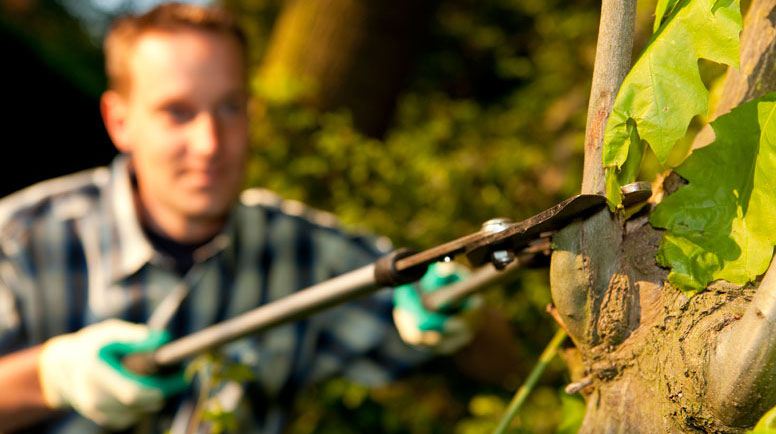AFTER THE STORM: TLC FOR YOUR TREES
4 need to knows to protect your trees after the skies clear
For trusted expertise and superior results,
find a landscape professional near you.

The best time to have trees inspected and pruned is usually in the winter, generally in January and February because of the following:
Trees that are regularly inspected and pruned by trained professionals will be not only safer but healthier. A tree professional will inspect the tree’s trunk, branches and joints for splits and cracks, as well as signs of rot and disease.
Problem branches should be pruned out before they become unstable. In nature, damaged or decaying branches will drop harmlessly to the floor of the forest. Near homes and streets, however, they need to be removed before they fall so they don’t cause property damage or injury.
You can remove branches on small trees that are within easy reach of the ground. But any pruning job that would require climbing a ladder is best left to a professional who has special safety training and the equipment to handle the tools, the height, and the weight of falling branches.
Pruning without the proper knowledge and training can not only lead to accidents, but do long-term damage to a tree, causing it to decline or die.
Certified arborists are trained not only in safety but in tree care. They know that different kinds of trees need different kinds of pruning. Professionals know how to prune a branch so the tree can seal the wound, and how to balance the pruning so the tree’s weight remains well distributed.
Although winter is prime time for routine inspections and pruning, it’s not the only time. Whenever you notice signs of a possible tree concern, such as cracks, splits, moisture oozing from the bark, or clusters of sprouts from the base or trunk of a tree, call a licensed and certified tree expert to diagnose and treat the problem.
We recently updated our Privacy Policy. By continuing to use this website, you acknowledge that our revised Privacy Policy applies.